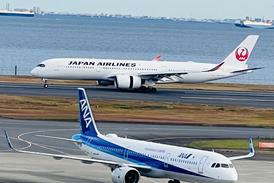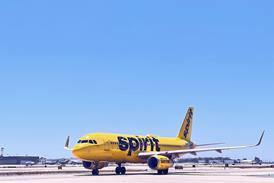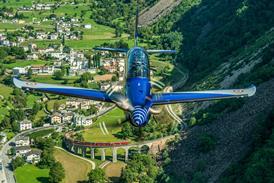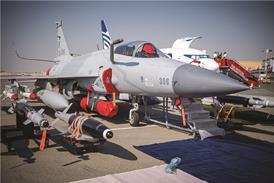First flight of the high agility, stealth F-22 fighter The first flight of the Lockheed Martin/ Boeing F-22A Raptor was undoubtedly one of the aerospace highlights of 1997. It was quickly heralded as bringing in a new era in fighter aircraft design. The Awards judges agreed that the aircraft represents a "remarkable" design achievement, combining stealth with agility.
The 58min first flight on 7 September, 1997, was the culmination of six years of development, which itself required the creation of new processes, technologies and management concepts never before used on a fighter aircraft programme. That included handling design and production at five separate sites.
The result is the first US stealth platform also to combine high-performance. The improved agility comes from a combination of 14 control surfaces and the thrust vectoring of its Pratt & Whitney F119 engines. The engine's nozzles will vector to +/-20í.
The need to give the pilot maximum freedom in controlling and manoeuvring the aircraft were embedded in the project as basic design criteria.
Basic "housekeeping" has been drastically reduced to free the pilot to concentrate on tactics. Carefree abandon flying qualities were also sought, to give the pilot the ability to push the aircraft to its limits without fear of losing control or thrust. A third criteria was to maximise useful information but minimise raw data. Instead of churning out masses of data, the aim has been to organise the information to present the pilot with a simple, coherent and intuitive picture of the situation.
Underwriting much of the development has been the harnessing of the explosion in computer technology to create systems of staggering power. The F-22's mission computers handle 10.5 billion operations per second and have 300 megabytes of memory. That was simply unimaginable when the F-22's predecessor, the Boeing F-15, was being developed more than 30 years ago.
Source: Flight International























